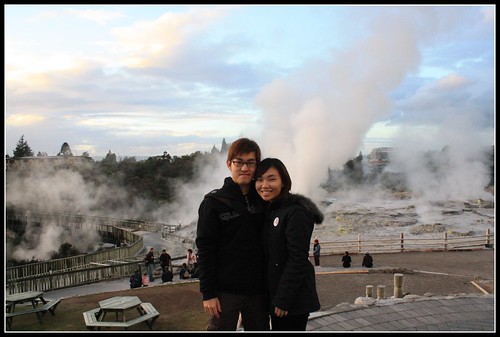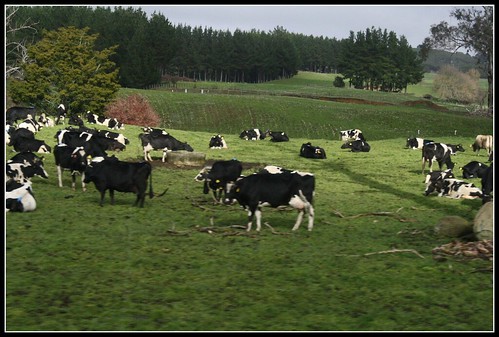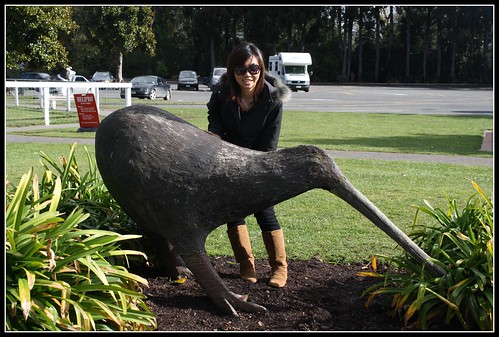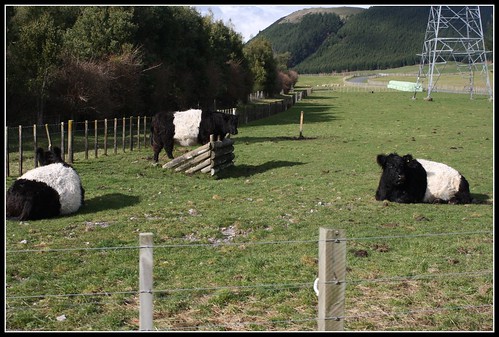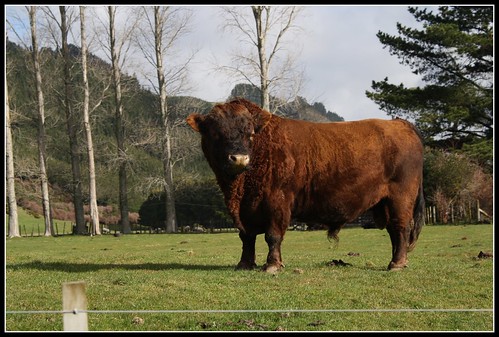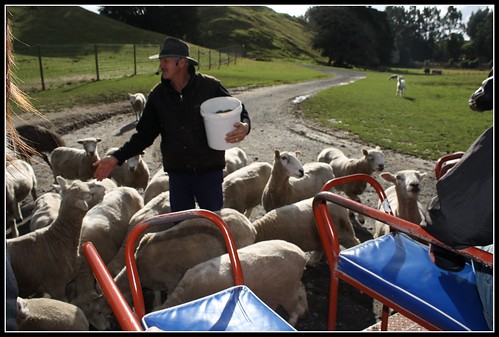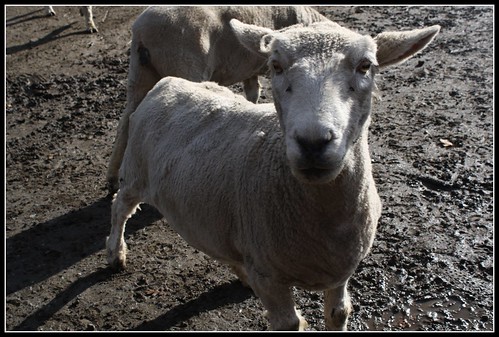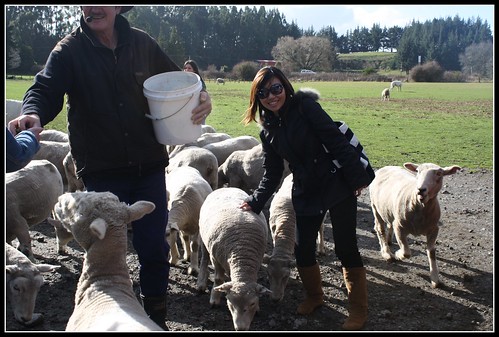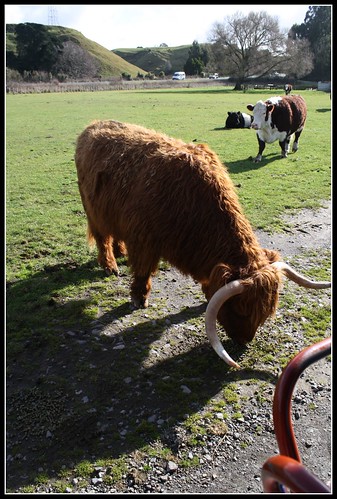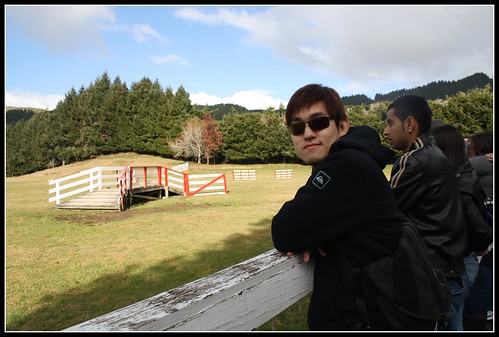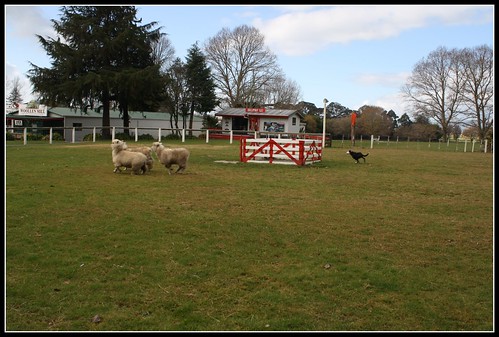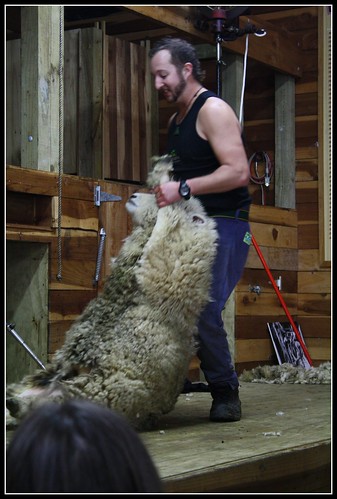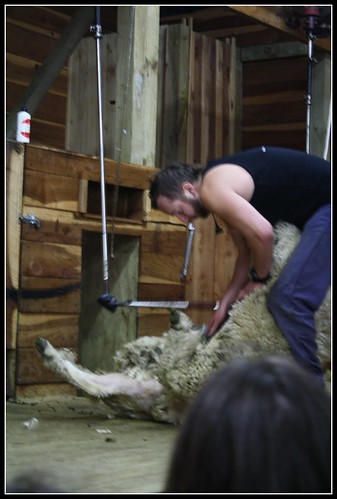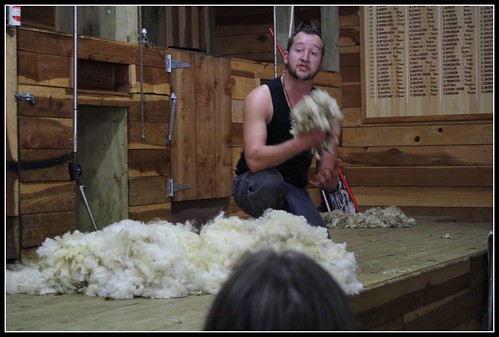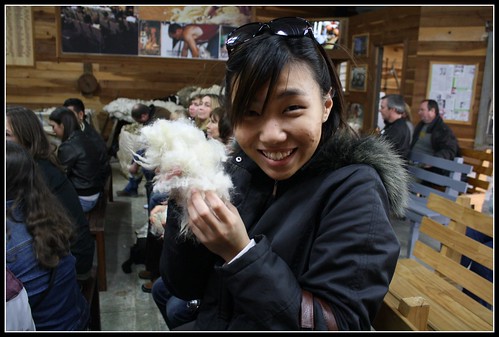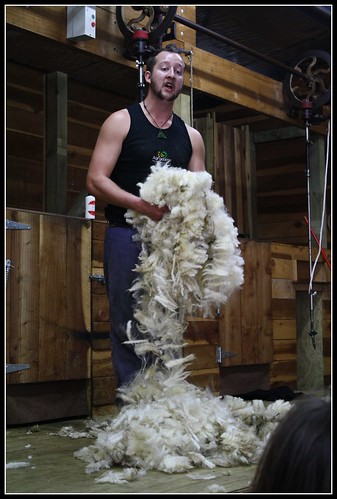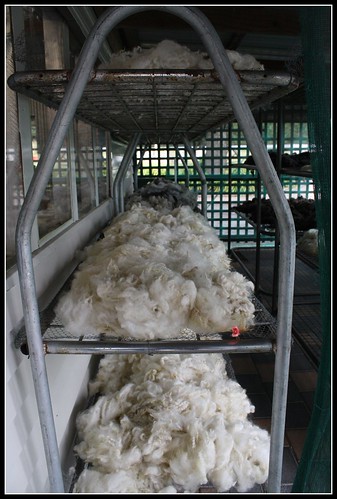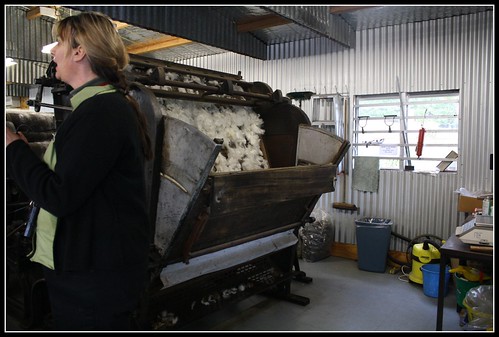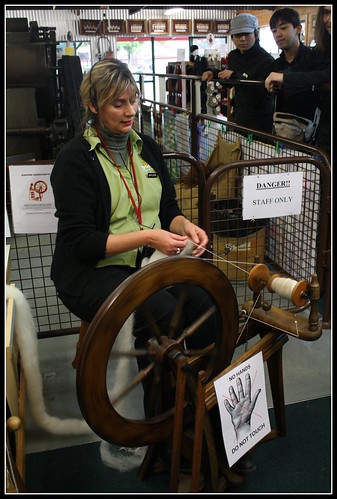New Zealanders all know Rotorua as a fabulous geothermal wonderland but many may never have taken advantage of the beautiful and serene boutique lodges and estates that the area is known for internationally. The Geothermal areas of Rotorua are the most popular tourist attraction in this area and hence, Whakarewarewa is the place you must not miss!
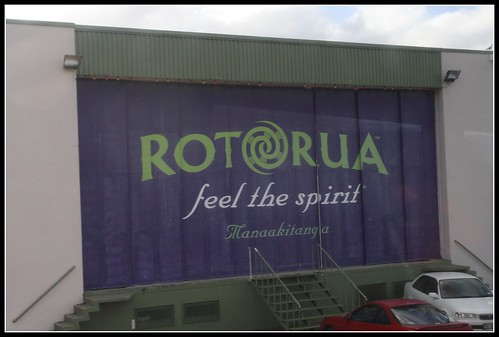
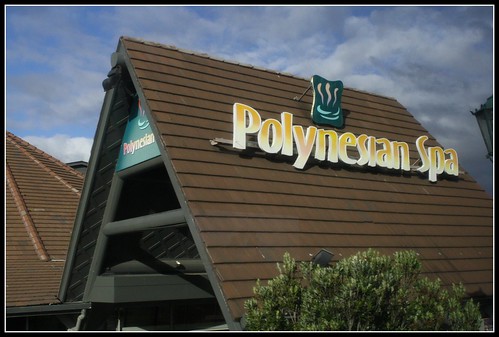

Soaking yourself into hot pool...shiok!

After departing from Agrodome, we finally arrived at Te Puia, New Zealand's Maori Arts and Crafts Institute in which we experienced the rhythms of the Poi dance, the ferocity of the haka and the complexity of the Tititorea (playing stick games when they are bored since no facebook back then)

I still can't pronounce it even though our tour guide said that many many times. Te whakarewarewa....
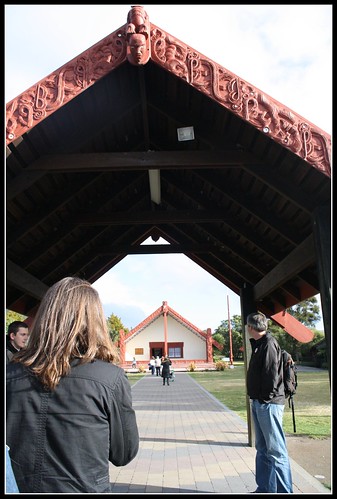
The sacred meeting house of Māori
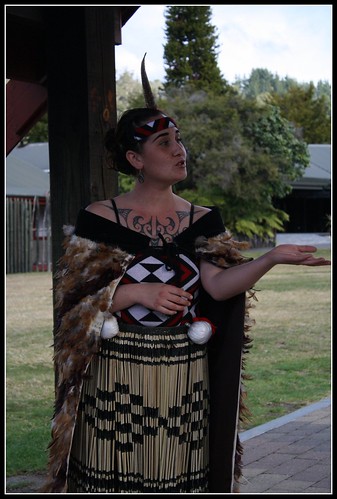
We were greeted by Maori and told on the welcome ceremony before entering the meeting house.It begins with a pōwhiri or welcome. If a visitor is noteworthy, he or she may be welcomed with an aggressive challenge by a warrior armed with a taiaha (traditional fighting staff), who then offers a token of peace, such as a fern frond, to the visitor. Acceptance of the token in the face of such aggression is a demonstration of the courage and mana (charisma) of the visitor.

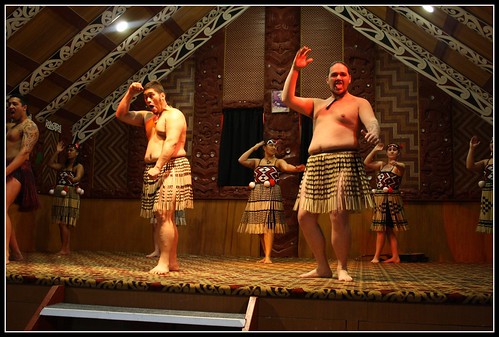
The haka - an action chant, often described as a "war dance" with loud fierce shouts, but more a chant with hand gestures and foot stamping, originally performed by warriors before a battle, proclaiming their strength and prowess and abusing the opposition. Now it is regularly performed by the All Blacks, the New Zealand national rugby union team before a game begins.

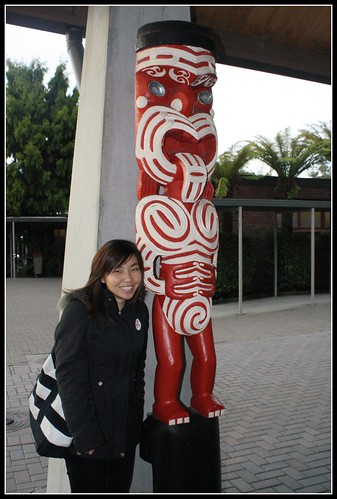
The different face expression is to scare their enemies.

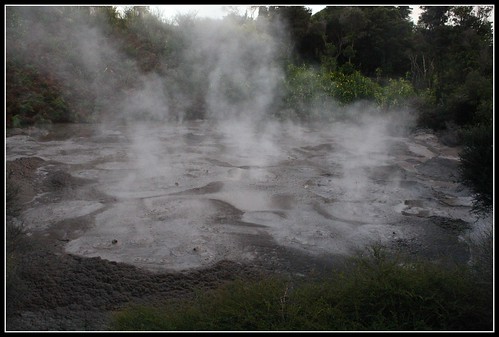
Have you seen this somewhere?
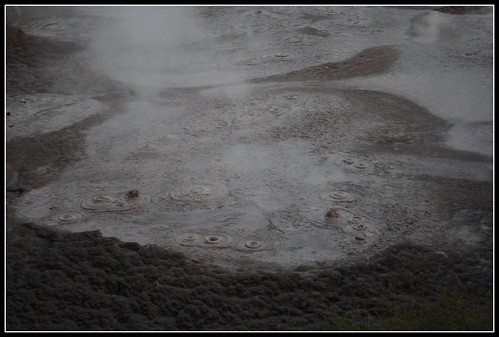
The boiling mud pools

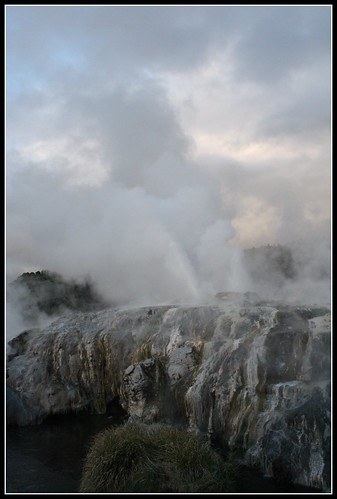
The famous Pohutu Geyser, which spurts boiling water and steam high into the air on a regular basis.
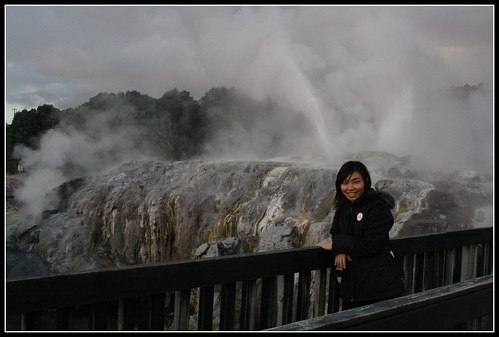

You can smell Rotorua before you even arrive – that awful rotten egg smell coming from the sulphurous pools of bubbling, boiling mud. All over town, even in backyards, there are pools of boiling water and mud.

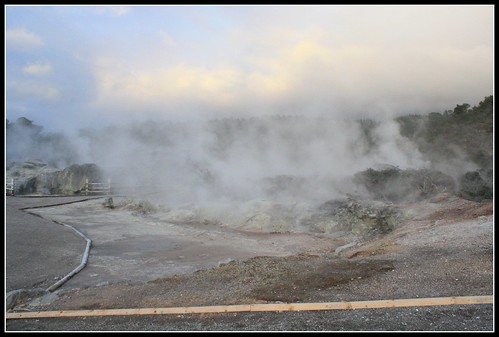
Maori used to cook here and they were free from any diseases because of the food they took not until Europeans came to New Zealand in increasing numbers from the late 18th century and the weapon technologies and diseases they brought with them.
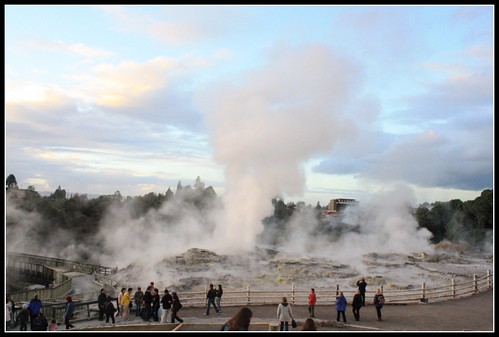
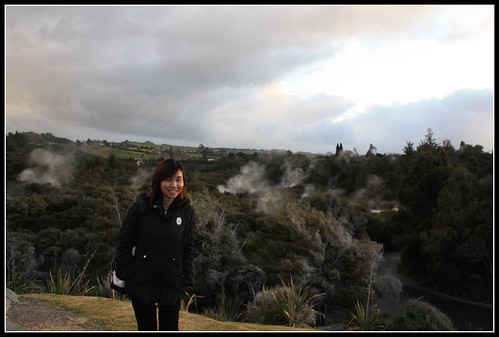
Get what I mean? Geothermal is everywhere!
